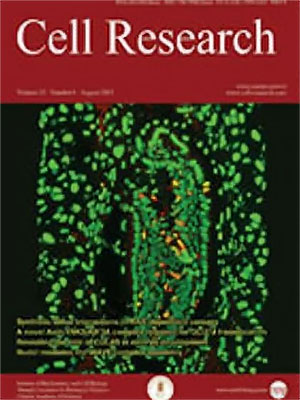Volume 8 Issue 4, December 1998: 259-272
REVIEWS
Amphibian metamorphosis as a model for studying the developmental actions of thyroid hormone.
Tata JR.
National Institute for Medical Research, London, U.K.
Correspondence: Tata JR.(jtata@nimr.mrc.ac.uk)
The thyroid hormones L-thyroxine and triiodo-L-thyronine have profound effects on postembryonic development of most vertebrates. Analysis of their action in mammals is vitiated by the exposure of the developing foetus to a number of maternal factors which do not allow one to specifically define the role of thyroid hormone (TH) or that of other hormones and factors that modulate its action. Amphibian metamorphosis is obligatorily dependent on TH which can initiate all the diverse physiological manifestations of this postembryonic developmental process (morphogenesis, cell death, re-structuring, etc.) in free-living embryos and larvae of most anurans. This article will first describe the salient features of metamorphosis and its control by TH and other hormones. Emphasis will be laid on the key role played by TH receptor (TR), in particular the phenomenon of TR gene autoinduction, in initiating the developmental action of TH. Finally, it will be argued that the findings on the control of amphibian metamorphosis enhance our understanding of the regulation of postembryonic development by TH in other vertebrate species.
FULL TEXT | PDF
Browse 2702


